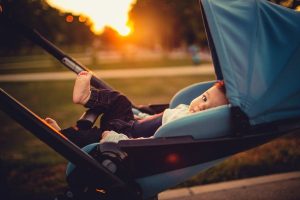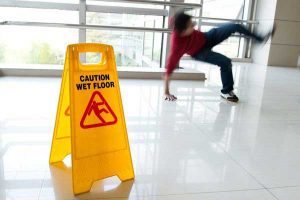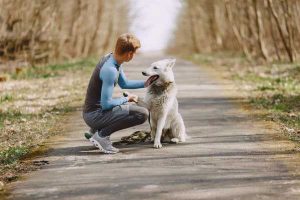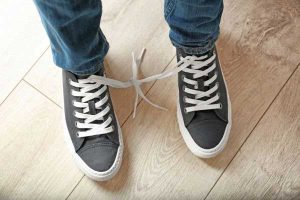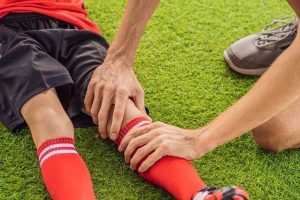Children’s Bicycles Recalled Due to Handlebar Defect
 The U.S. Consumer Product Safety Commission recently announced a recall of children’s bicycles due to a defect that causes the handlebars and stem of the bike to loosen or, in some cases, detach from the frame. To date, this defect has resulted in about 19 reported injuries.
The U.S. Consumer Product Safety Commission recently announced a recall of children’s bicycles due to a defect that causes the handlebars and stem of the bike to loosen or, in some cases, detach from the frame. To date, this defect has resulted in about 19 reported injuries.
The recall affects more than 80,000 bikes manufactured by woom Bikes USA and designed for children ranging in age from toddler to 14 years. For additional information concerning this recall and the bicycles affected, read “Thousands of children’s bicycles recalled after reports of handlebars detaching.”
 New Jersey Injury Lawyers Blog
New Jersey Injury Lawyers Blog




